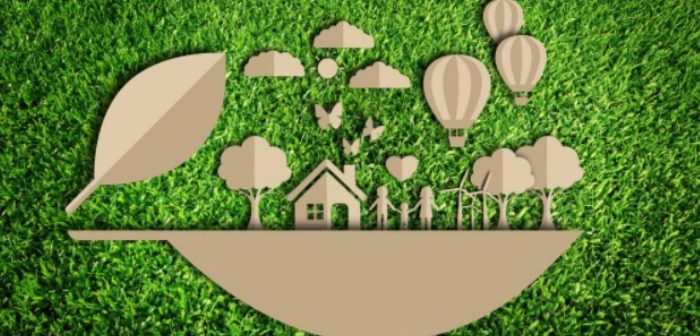Have you ever thought about how you can make your home more environmentally friendly by implementing a circular model? It is a sustainable process that many businesses are using to improve their corporate social responsibility, however, many of the habits, processes, and technologies can also be applied within the home.
You can easily achieve this by implementing the following principles:
Refusing
Don’t buy what you don’t need.
Reducing
Consume as little as possible.
Reusing
How can the items that you currently own or purchase be reused in the future?
Recycling
Can the materials from the item that you have been used for a greater good in the future?
Rot
Will the item that you own or purchase biodegrade easily into the environment?
Here are some ways you can successfully achieve this in 2017:
Make a habit of recycling your used printer cartridges.
Used ink cartridges that end up in a landfill are hazardous to the environment. Typically, people think that they are doing the right thing by placing them in the recycling bin. The problem is that most recyclers don’t have the equipment to recycle ink cartridges. In the end, they end up going to landfill and contaminate the local ecosystem.
This can be prevented by separating used cartridges and sending them to an ethical recycler. Alternatively, you can choose to partner with an OEM printer cartridge supplier that has a relationship with a specialist printer cartridge recycler.
Reduce energy consumption by upgrading to eco-efficient lighting.
Most homes are fitted with incandescent light bulbs, which consume the most amount of energy. The problem with incandescent lighting is that 90% of the energy that is consumed is lost as heat. Additionally, if you want to increase the brightness of a space, you need to invest in a bulb that consumes more energy.
Upgrading to LED light bulbs can reduce your home’s lighting energy consumption by up to 80%. This is because the technology that is used within LED lights harnesses the energy that is typically lost as heat. Furthermore, the brightness can be adjusted in a way that doesn’t require additional energy consumption.
The initial upgrade to LED lights will cost a little more than investing in incandescent light bulbs. However, the price savings are much better in the long-term because of reduced energy consumption prices, maintenance, and replacement costs.
Purchase reusable bags.
Plastic bags are a huge problem for the environment.
According to Clean Up Australia, over 1 trillion bags are used and discarded every year. You can minimise this by purchasing and using reusable bags when doing your grocery shopping. Another solution is to use light fabrics like pillowcases or glass jars for storage as a substitute for plastic bags.
If you do use plastic bags, there are many supermarkets that will collect and recycle them.
Purchase your food items directly from food providers.
One of the most positive changes that you can make is purchasing your food items from local food providers. They will often be willing to provide you with food that is unpackaged, thus minimising waste.
You can purchase your fruits and vegetables from local farms or even farmer’s markets. They can weigh the items and then you can place the food items in your reusable carry bags.
If you want to purchase meats, then purchase them from your local butcher and place them in a recyclable container.
If you would like fresh bread, pastries or even biscuits; then head down to your local bakery and have them placed in jars or metal containers, where they will retain their freshness.
If you would like to get some inspiration, then check out this woman’s incredible story in the video below.
Having a more sustainable lifestyle shouldn’t be inconvenient. You can leverage technology, sustainable partners and adopt minor lifestyle changes that will positively impact your home’s eco-friendliness.



